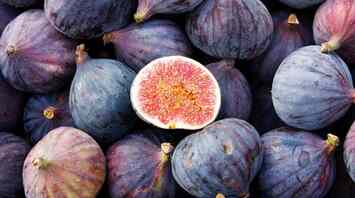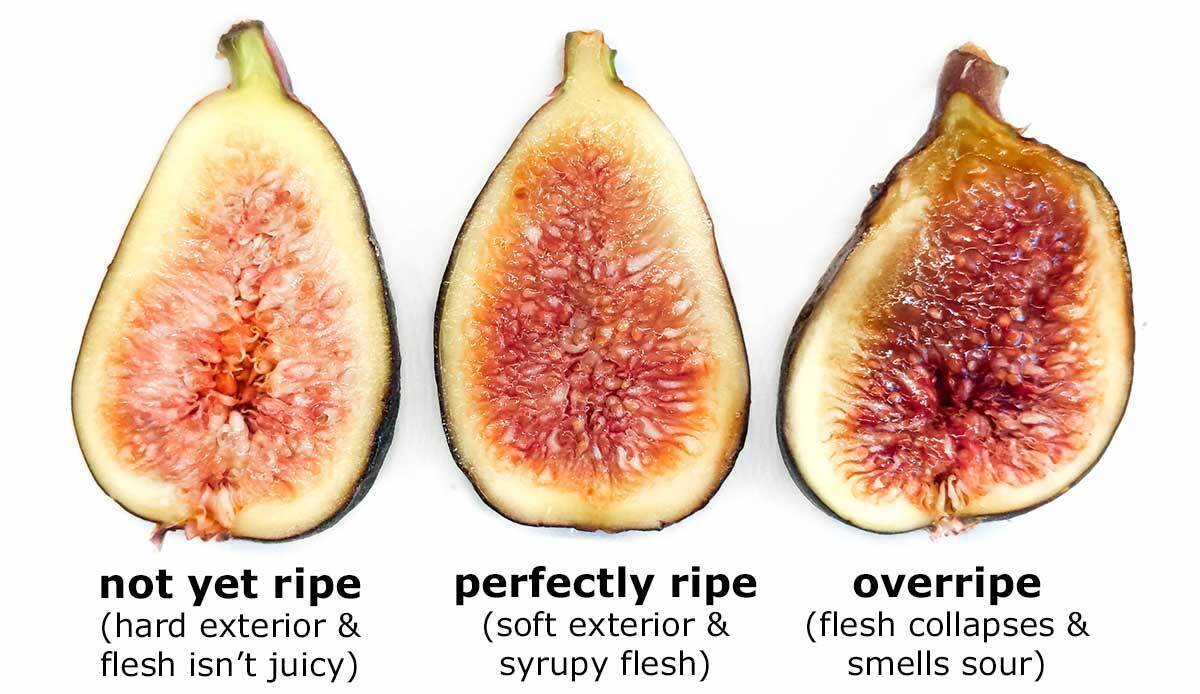Selecting and Enjoying Fresh Figs: A Quick Guide

When selecting figs at the grocery store, engage your senses to ensure you're picking the ripest fruits. Gently squeeze each fig; the right ones yield slightly under pressure without feeling mushy. Fetch shared some tips on how to choose perfect figs.
Visual inspection is crucial – an ideal fig has unbroken, richly-hued skin with no bruises or blemishes. Some wrinkles are acceptable, but excessive wrinkling suggests moisture loss. For an olfactory check, ripe figs should have a mild, pleasant aroma. Flipping the fig over is also beneficial; a single dewy drop from below indicates ripeness, while too much juice might mean fermentation. Fresh figs won't ripen further once picked, so look for signs like color deepening or fruity scents.

Preparing Figs for Consumption
Cutting figs is simple. Start by removing the stem, then score an 'X' across the top about one-third of the way down. Pull apart the sections gently and slice between the skin and pulp, discarding the skin if not desired. While you can devour figs raw with seeds and skin, their texture may not suit everyone. For added flavor, pair them with goat cheese or feta. A vegetable peeler works for skin removal if needed.

Storing Figs
Figs have a limited shelf life, lasting 10 to 14 days when stored correctly. Depending on usage preferences, figs can be left on the counter to enhance their sweetness or kept in the fridge for a milder taste. Use a spacious, non-airtight container to avoid crowding, laying the figs on their sides. Freezing figs extends their usability in jams or baked goods, albeit with a milder flavor. Enjoying figs in creative dishes like fig and arugula pizza can add seasonal flair to your meals.
Earlier, SSP told how to store spices for maximum freshness and flavor.



















